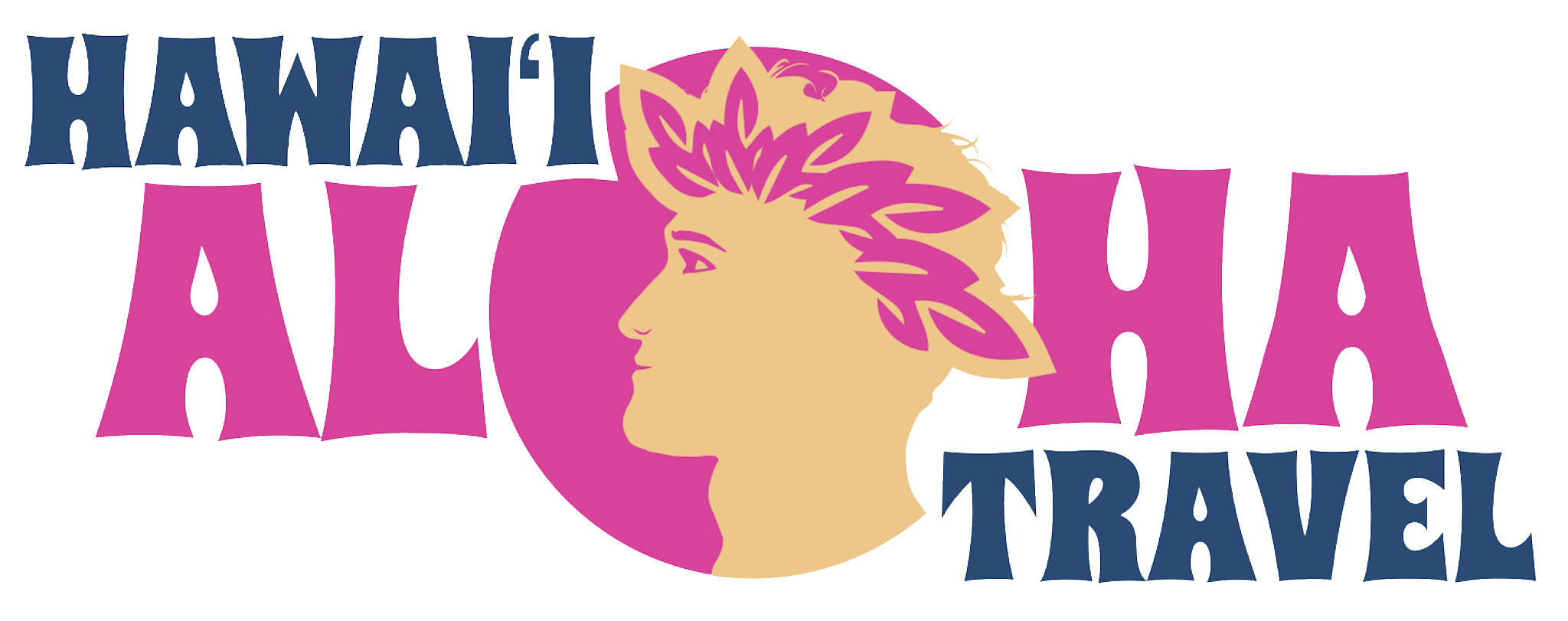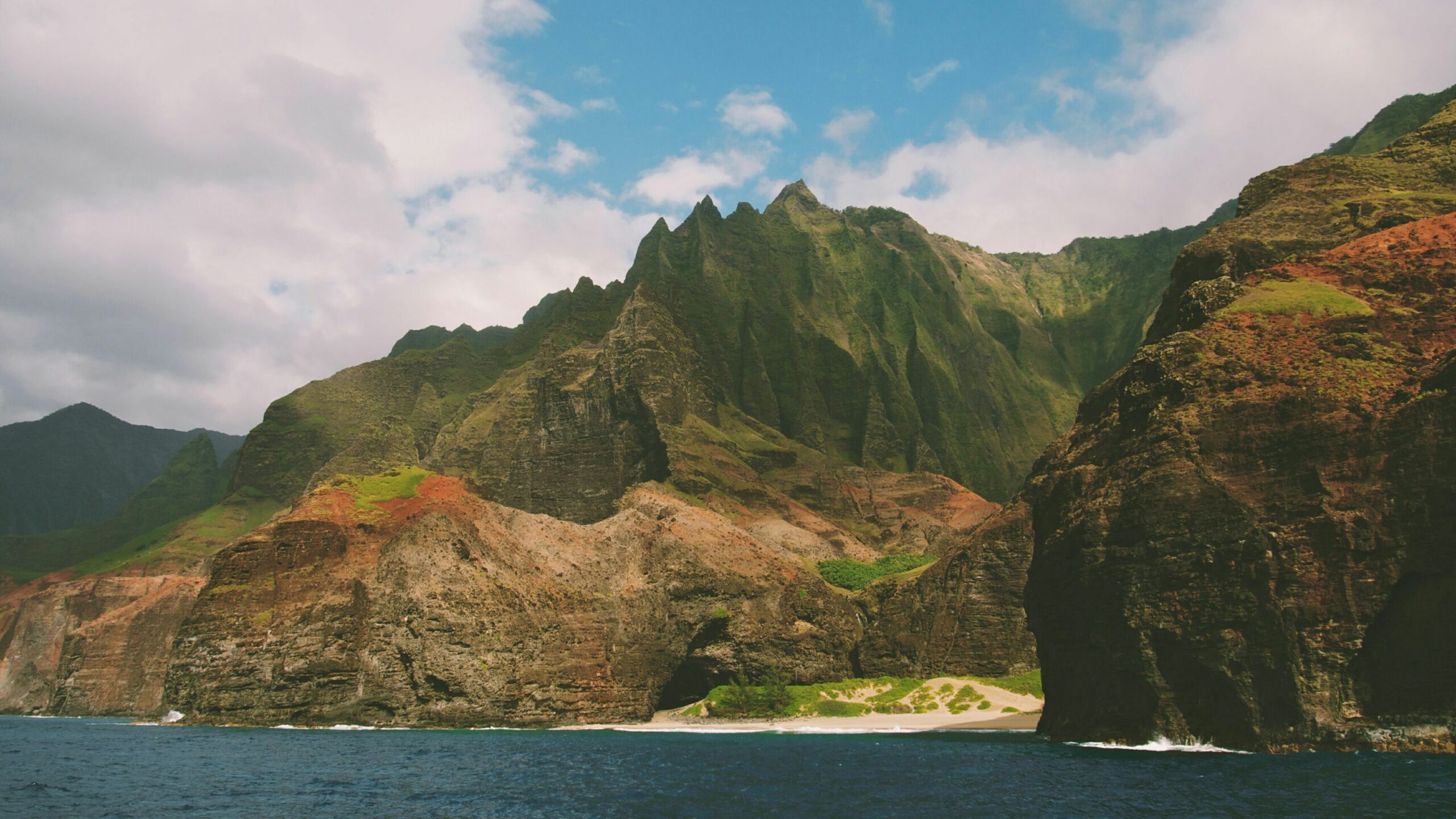Veggie Hawaiian Choices
Are you a vegetarian traveling to Hawaii and still want to enjoy some Hawaiian cuisine? That’s exactly the question one of our listeners proposed which we answer on today’s show. The fact is traditional Hawaiian food does contain a lot of meat so the choices are limited. The good news is there is lots of choices for folks who still want to experience and Hawaiian food.
Koko Crater versus Koko Head
Hawaii is notorious for its confusing, hard-to-pronounce landmarks, street names, and towns. With only 12 letters in the Hawaiian alphabet, many visitors come to the islands and never really learn how to correctly pronounce or identify names, which makes vacationing a little bit harder than normal. If you’re trying to get to the ocean, but you confuse makai with mauka, then you’ll be finding yourself deep in the valleys of the island in no time. The same goes for the names of things, such as beaches, hikes, or points of interest. Our topic today attempts to unveil the mystery and confusion behind the two landmarks on Oahu’s southeast side, Koko Crater and Koko Head.
Probably the more known of the Koko’s for travelers and locals alike is the Koko Crater, but this name has become popular and widely used for misleading reasons. Most people think when they hike the treacherous staircase trail up the mountain, they’re hiking the Koko Crater trail. Technically you are hiking the crater, but the trail (and peak for that matter) is in fact called Puu Mai and even further, Kohelepelepe. But for the sake of sanity, let’s just refer to it as Puu Mai. There is no such hike as “Koko Crater Trail” although the Internet and apps like Yelp will have you thinking differently. But we’re calling ourselves the authority on this topic, and the trail is called PUU MAI! Koko Crater is very massive and from an aerial view looks very much like a crater, visually dominating the view plains in that area. Probably the biggest difference between Koko Crater and Koko Head are their sizes. Koko Crater is much larger than Koko Head. And you can hike up Koko Crater. You can’t hike up Koko Head.
A little more on the crater: Koko Crater is a cinder cone with a 1.5-mile trail that offers an incredible 360-degree view of southeast Oahu. It’s been known to be a great workout, and from Kalanianaole Highway you can see people making the trek up the steep cliff, which faces the ocean, just north of Haunama Bay. Koko Crater is behind Koko Head and has farms and Kaiser High School on it. Within the crater are horse stables and a botanical garden. It is a popular hike on Oahu and pictures online are plentiful.
Koko Head, on the other hand, has relatively no photos on the Internet. This is because people are confused as to what land mass it is, and also because they think it is the same thing as Koko Crater. (If you Google Koko Head, images of the Koko Crater will come up). Koko Head is a much smaller cinder cone that juts into the ocean and cradles Haunama Bay. On the other side of Koko Head is Maunalua Bay, a beach with shallow waters located in Hawaii Kai’s smaller neighborhood of Portlock. “Maunalua” means “two mountains”, which refers to the two peaks of Koko Head and Koko Crater, which are both visible from the beach. Koko Head is basically just a high point of landmass above Haunama Bay. It has a water tank and communication towers on it, with an access road that is off-limits to the public. Koko Head also has the Koko Head Elementary School on it and upscale homes on it, although I’m not sure what this neighborhood is called…
Let’s unlock this mystery: The reason why they are both named “Koko” is because they both lie along the Koko rift zone. A rift zone is a feature of some volcanoes where lava erupts from the flanks (or sides) of the volcano, instead of its summit (or peak), due to gravity. (Lava easily flows out of the sides of volcanoes as opposed to being pushed up and out the top- think of your chocolate molten lava cake dessert: the liquid chocolate will burst out the sides before it pushes out the top). Most volcanoes have two, sometimes three rift zones, which extend tens of kilometers radially outwards. This is why many Hawaiian volcanoes look long, instead of tall, with the best example being Mauna Loa on the Big Island, which translates to “long mountain.” Koko Head was created out of the Koko Crater volcano explosion, which explains their size differences and close proximity to one another. Just keep in mind, these two landmarks are separate from one another, and you can only hike up one of them!
So, if you’re traveling to Oahu and wanting a hike to look forward to, check out the Puu Mai trail, which runs up the side of Koko Crater. If you’re looking for a fun snorkeling day, check out Haunama Bay, which is cradled by Koko Head. And if you want to see the two Kokos, check out Maunalua Bay for a view of both, or to simply clear up the confusion.

